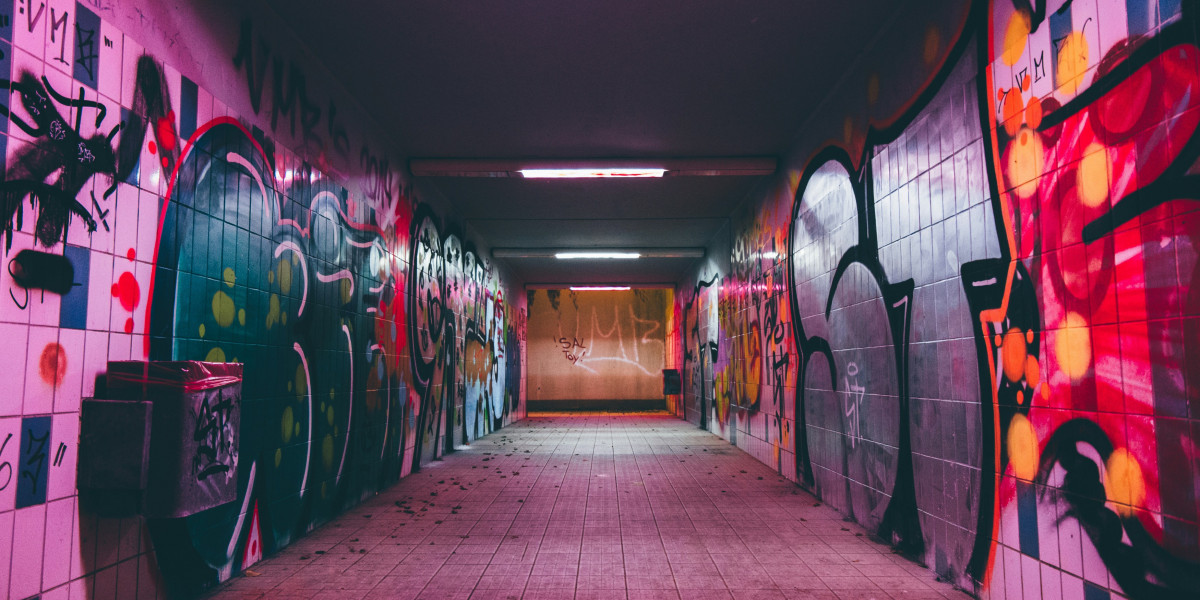Turtle safe lighting is essential in protecting marine turtle populations, especially in coastal areas where artificial lights can have detrimental effects on the nesting and hatching behavior of these endangered species. When selecting lighting solutions for coastal regions, it is crucial to prioritize environmentally friendly, low-impact lighting that minimizes disruption to turtle habitats. At LIGMAN, we understand the critical role lighting plays in preserving these species, and we are committed to providing innovative, energy-efficient, and sustainable lighting solutions that align with conservation efforts.
Understanding the Impact of Artificial Light on Sea Turtles
Artificial lighting along beaches poses a significant threat to sea turtles, particularly during their nesting and hatching cycles. Sea turtles rely on natural light cues to navigate their environment. Female turtles often use the moonlight to find suitable nesting areas, while hatchlings instinctively head toward the brighter horizon, which typically leads to the ocean. However, artificial lights can mislead both adult turtles and hatchlings, causing them to become disoriented and potentially leading them away from the safety of the sea.
For instance, hatchlings can become entrapped on roads, or disoriented on land, which significantly reduces their chances of survival. Artificial lighting also disrupts turtle nesting behavior, causing females to abandon their nests. Therefore, it’s essential to adopt lighting solutions that do not interfere with these natural processes.
The Importance of Turtle Safe Lighting in Coastal Communities
Coastal communities, especially those located near nesting sites, must adopt turtle safe lighting measures to reduce the impact of human activity on marine life. Not only does this safeguard the wellbeing of sea turtles, but it also promotes sustainable tourism and supports local ecosystems. By implementing turtle safe lighting, communities can protect one of nature's most ancient creatures while contributing to the conservation of marine biodiversity.
Turtle safe lighting ensures that local environments remain suitable for turtle nesting, promoting successful reproduction and increasing the chances of hatchlings reaching adulthood. The implementation of appropriate lighting systems can prevent artificial light from spilling onto beaches and disrupting the natural rhythms of turtle life cycles.
Key Features of Turtle Safe Lighting
1. Low-Pressure Sodium Lights
Low-pressure sodium lights (LPS) are considered one of the best options for turtle safe lighting. These lights emit a monochromatic yellow-orange glow that turtles find less disorienting compared to brighter, white lights. By using LPS fixtures, communities can significantly reduce the attraction of artificial light to turtles while providing adequate illumination for safety and security. These lights are also energy-efficient and long-lasting, making them an ideal choice for eco-conscious coastal areas.
2. Shielded Lighting Fixtures
The use of shielded lighting fixtures is another essential component of turtle safe lighting. Shielded fixtures direct the light downward, reducing light pollution and preventing light from spilling into sensitive areas such as beaches and nesting zones. This minimizes the disruption to sea turtle behavior while maintaining effective illumination for pedestrians and vehicles. The correct shielding also prevents the scattering of light into the surrounding environment, ensuring minimal disturbance to wildlife.
3. Dimmer Systems and Motion Sensors
Dimmer systems and motion sensors provide another way to ensure that turtle safe lighting does not unnecessarily light up areas where it is not required. Dimmer systems allow lighting to be adjusted according to the needs of the area, while motion sensors ensure that lights are only activated when necessary. This results in both energy conservation and reduced light pollution during hours when there is little human activity, further minimizing the risk to sea turtles.
4. Warm-Colored LED Lights
While many types of lighting emit cool, bluish hues, warm-colored LED lights are becoming an increasingly popular choice for turtle safe lighting. These LEDs emit light in a wavelength that is less attractive to sea turtles and other nocturnal animals, making them less disruptive. Additionally, LEDs are energy-efficient and offer a long lifespan, making them a cost-effective and environmentally friendly solution for coastal areas.
Best Practices for Installing Turtle Safe Lighting
1. Limit the Use of Artificial Lighting Near Beaches
The first and most effective step in ensuring turtle safety is to limit the use of artificial lighting along beaches and nesting areas. In areas where lighting is necessary, it should be minimized in intensity and restricted in coverage. Avoiding lights on the beach itself, especially during the nesting season, is critical. Local governments and property owners can collaborate to reduce or eliminate the need for beachfront lighting altogether during crucial nesting periods.
2. Install Turtle Safe Lighting Above the Turtle Nesting Zone
Lighting should be installed in areas where it does not directly affect the turtle nesting zone. By placing lights at a higher elevation, such as on poles or elevated fixtures, and away from the beach, it ensures that the light is not visible to turtles below. This will help to preserve the natural darkness that turtles require for safe navigation.
3. Educate the Local Community
Education plays a vital role in turtle conservation. Coastal communities should be educated about the importance of turtle safe lighting and the potential consequences of light pollution. Informing residents and businesses about the benefits of adopting these lighting measures can lead to greater community involvement in preserving turtle populations.
Sustainable Lighting Solutions by LIGMAN
LIGMAN is a leader in providing innovative lighting solutions that prioritize sustainability and environmental preservation. Our commitment to designing turtle safe lighting products reflects our dedication to reducing the ecological impact of urban and coastal lighting. We offer a variety of lighting fixtures designed with the latest technology to ensure that our lighting solutions are not only energy-efficient but also safe for wildlife.
Our range of turtle-safe lighting options includes low-pressure sodium lights, LED fixtures with warm color temperatures, and fixtures equipped with motion sensors and dimming capabilities. All our products are designed with shielding to minimize light spill and prevent disruption to turtle habitats. Whether for public spaces, walkways, or coastal areas, LIGMAN’s lighting solutions are crafted to blend seamlessly with the environment while protecting marine life.
The Role of Policy and Regulation in Protecting Sea Turtles
In addition to individual actions taken by communities and businesses, effective policy and regulation are essential in promoting the widespread adoption of turtle safe lighting. Many countries and regions with significant turtle populations have implemented strict guidelines and regulations to control the use of artificial lighting along beaches. These regulations typically focus on the types of lighting used, the installation of protective shielding, and the timing of lighting operations during the turtle nesting season.
Government agencies, local councils, and environmental organizations must work together to enforce these policies and raise awareness about the importance of minimizing light pollution for the protection of marine life. Additionally, collaboration with lighting manufacturers like LIGMAN can ensure that the lighting solutions provided are up to the highest standards of safety and efficiency.
Conclusion: A Step Toward a Sustainable Future for Sea Turtles
Turtle safe lighting is a crucial component of marine conservation efforts, and it is our collective responsibility to protect these endangered species from the harmful effects of artificial light. By adopting lighting solutions that are specifically designed to minimize light pollution, communities can contribute to the preservation of sea turtle populations and support the broader goals of biodiversity conservation.
With the right combination of low-pressure sodium lights, shielded fixtures, warm-colored LEDs, and dimming systems, it is possible to create a safer environment for sea turtles while maintaining functional and aesthetically pleasing lighting. LIGMAN remains at the forefront of providing sustainable lighting solutions that meet the highest environmental standards, ensuring that both human and turtle populations can thrive in harmony.







